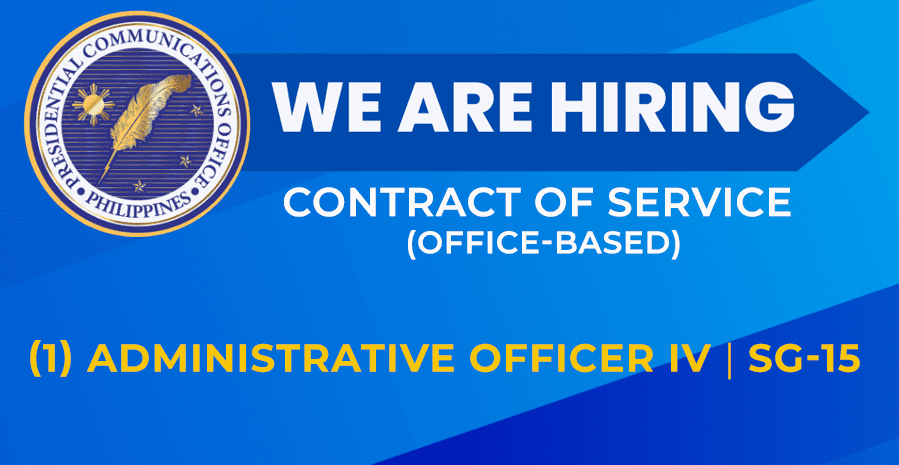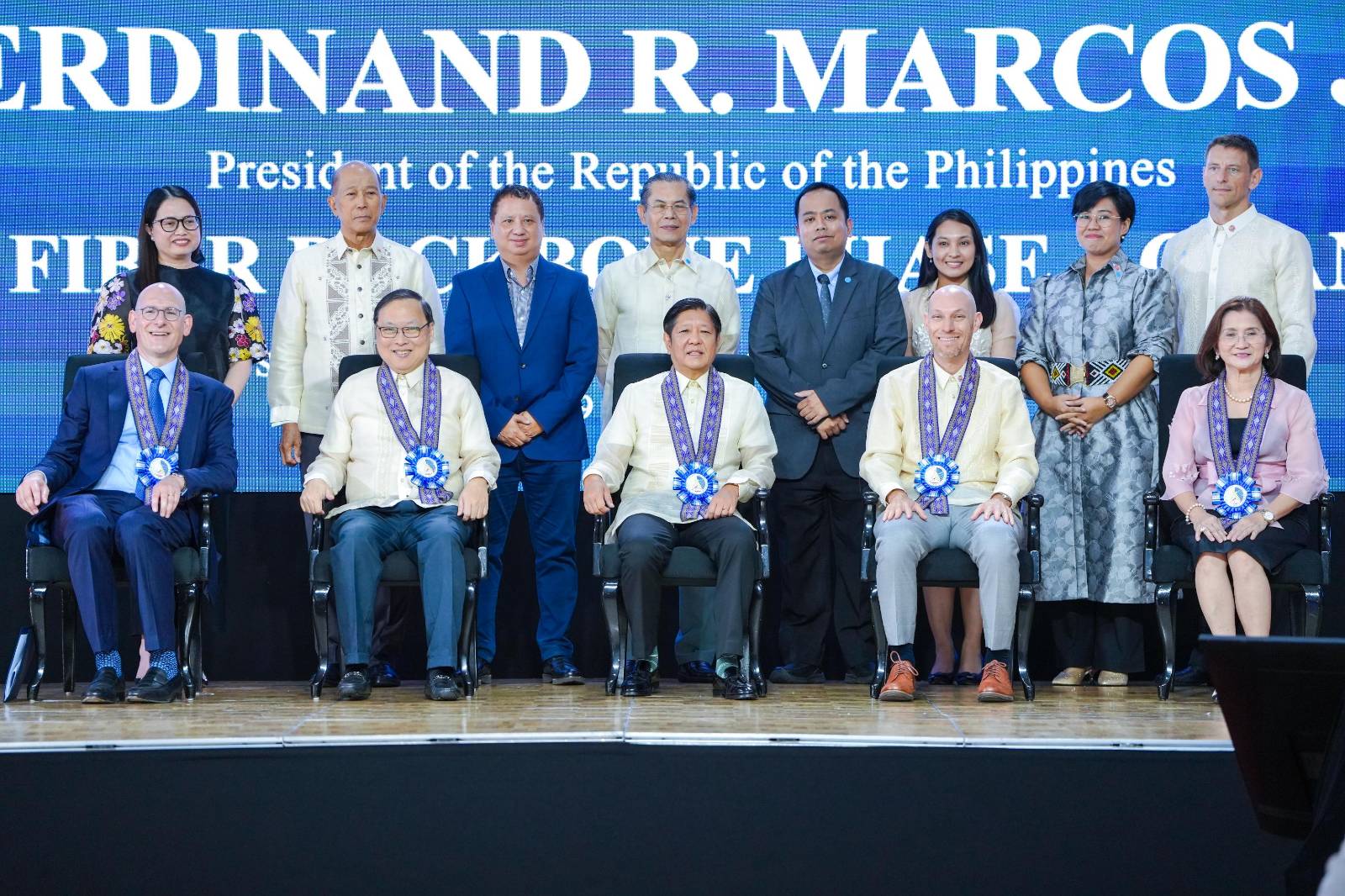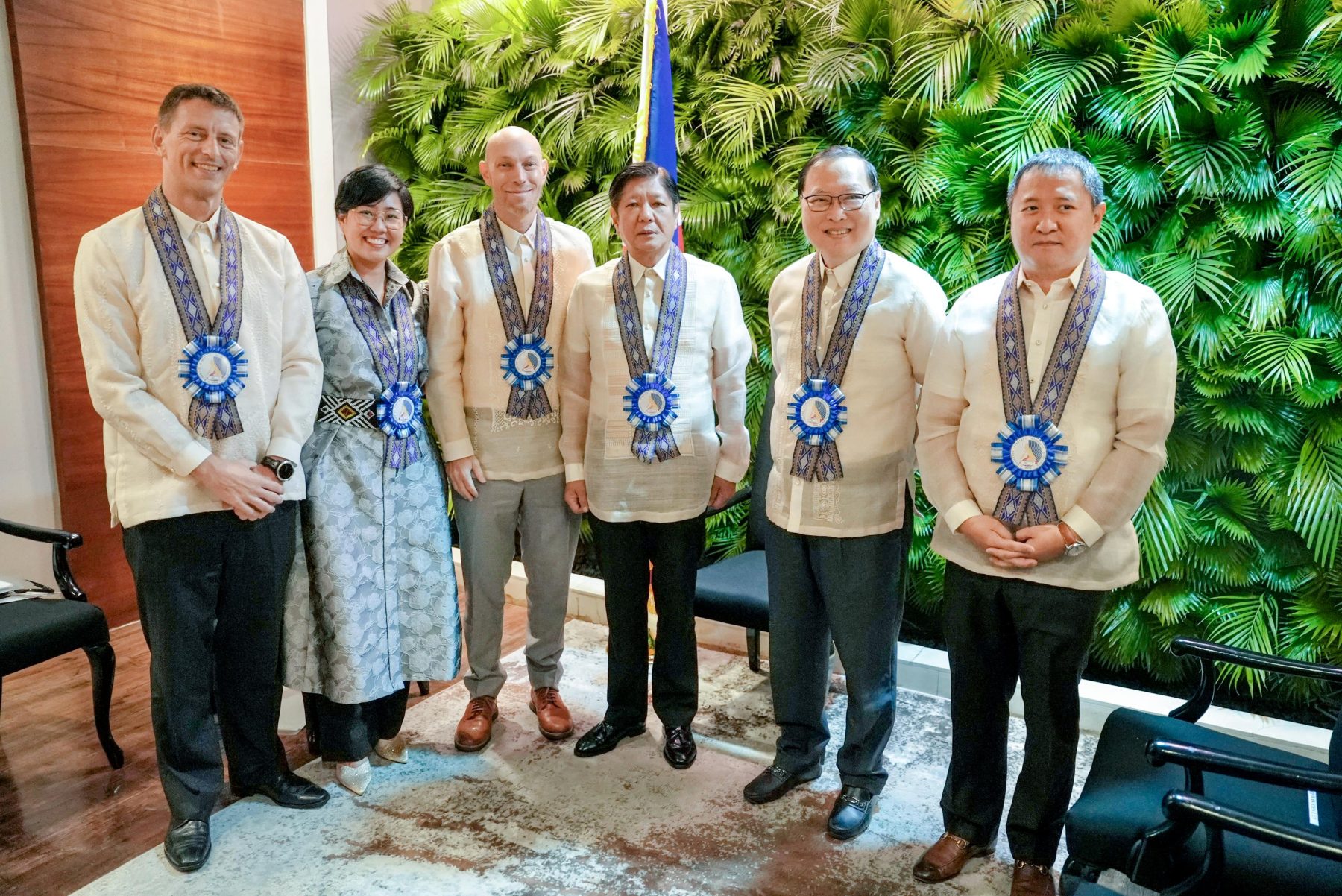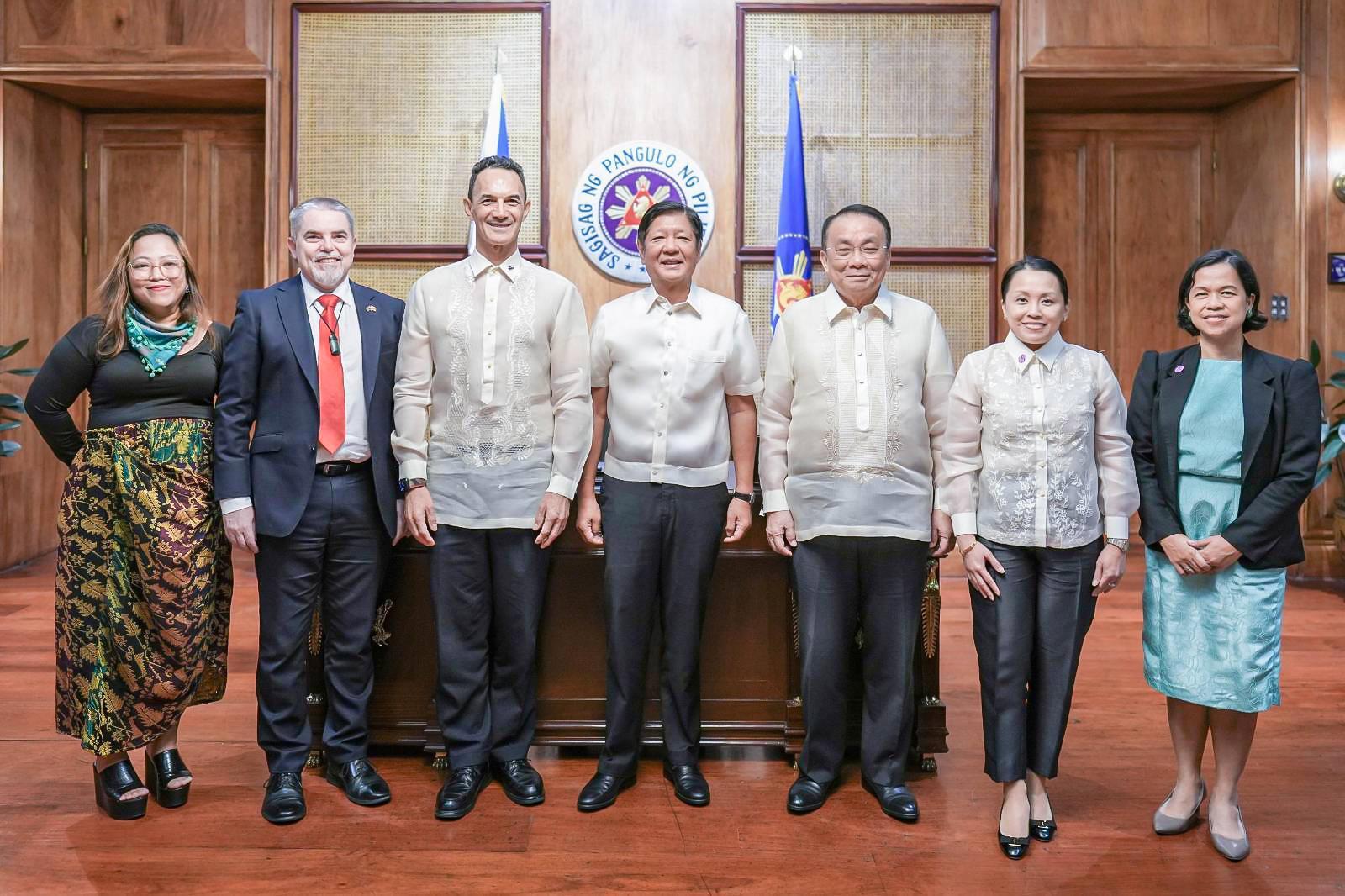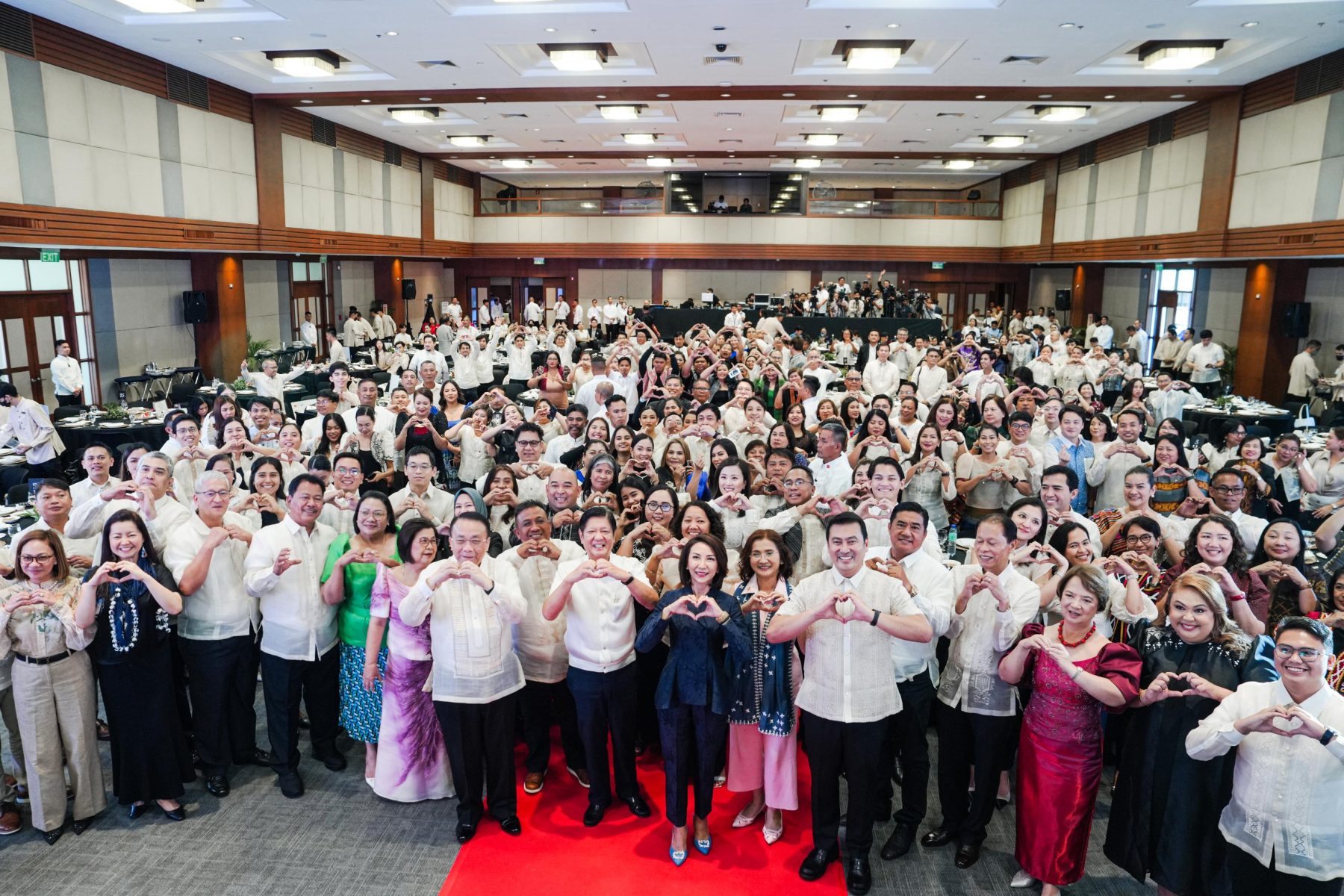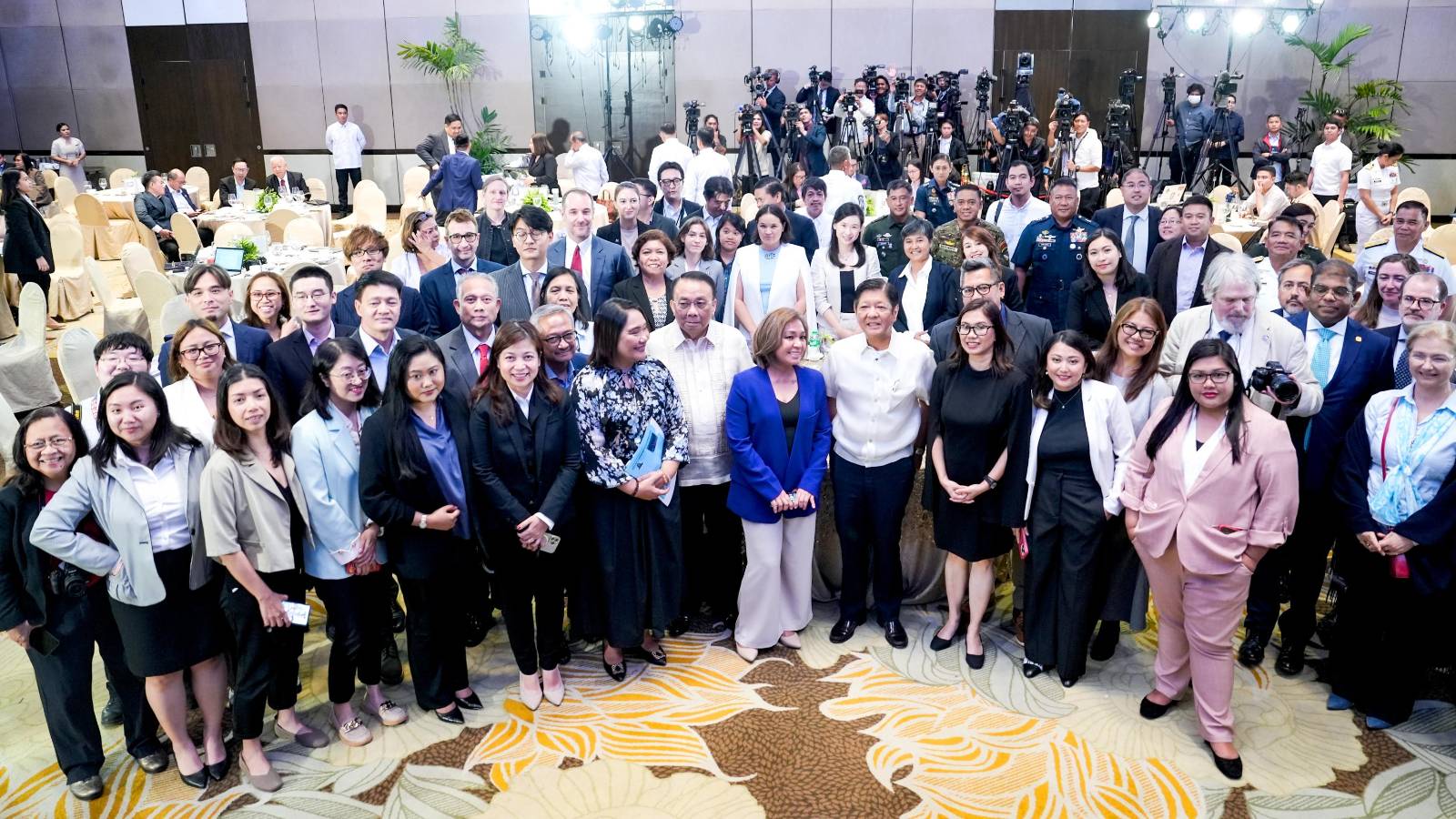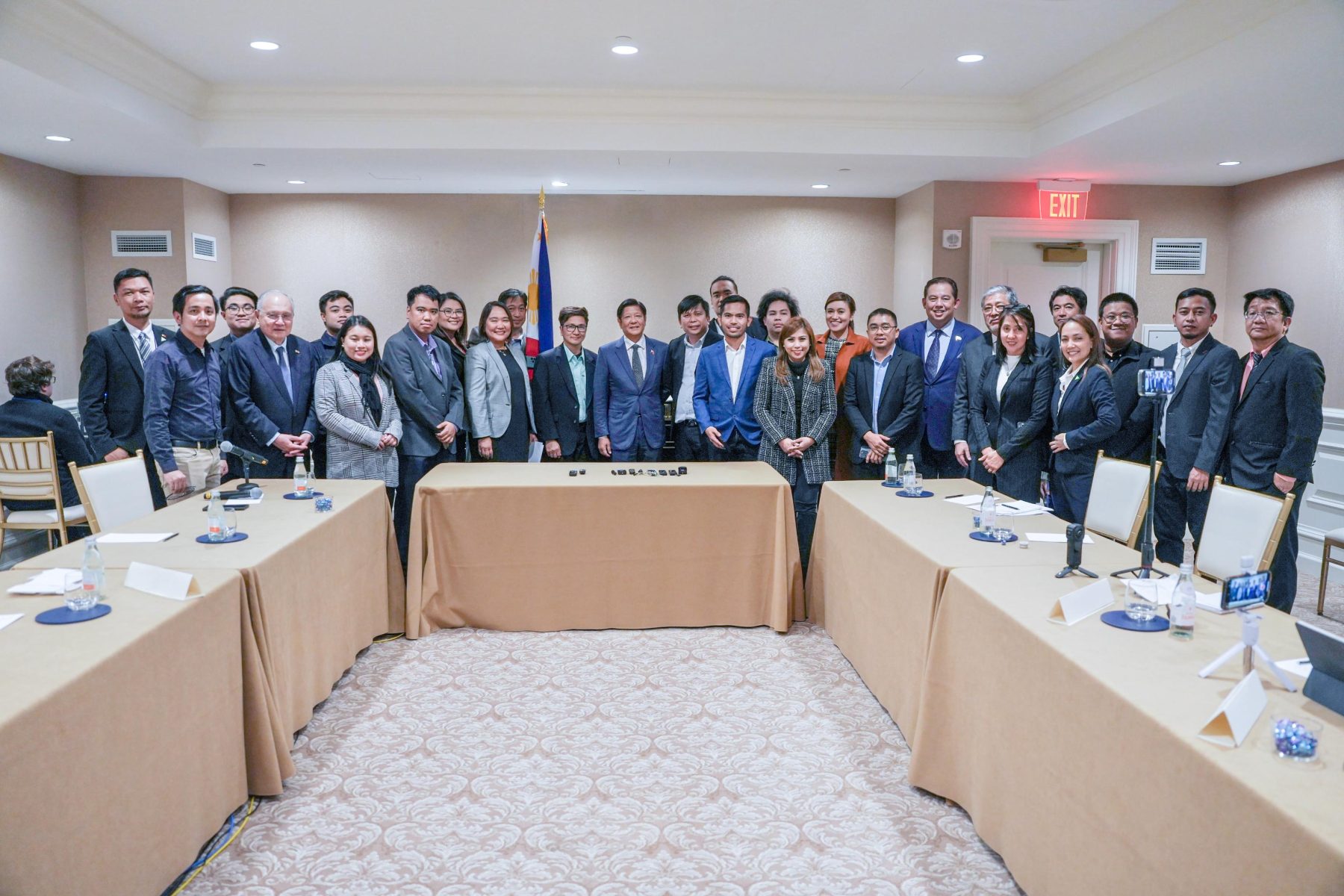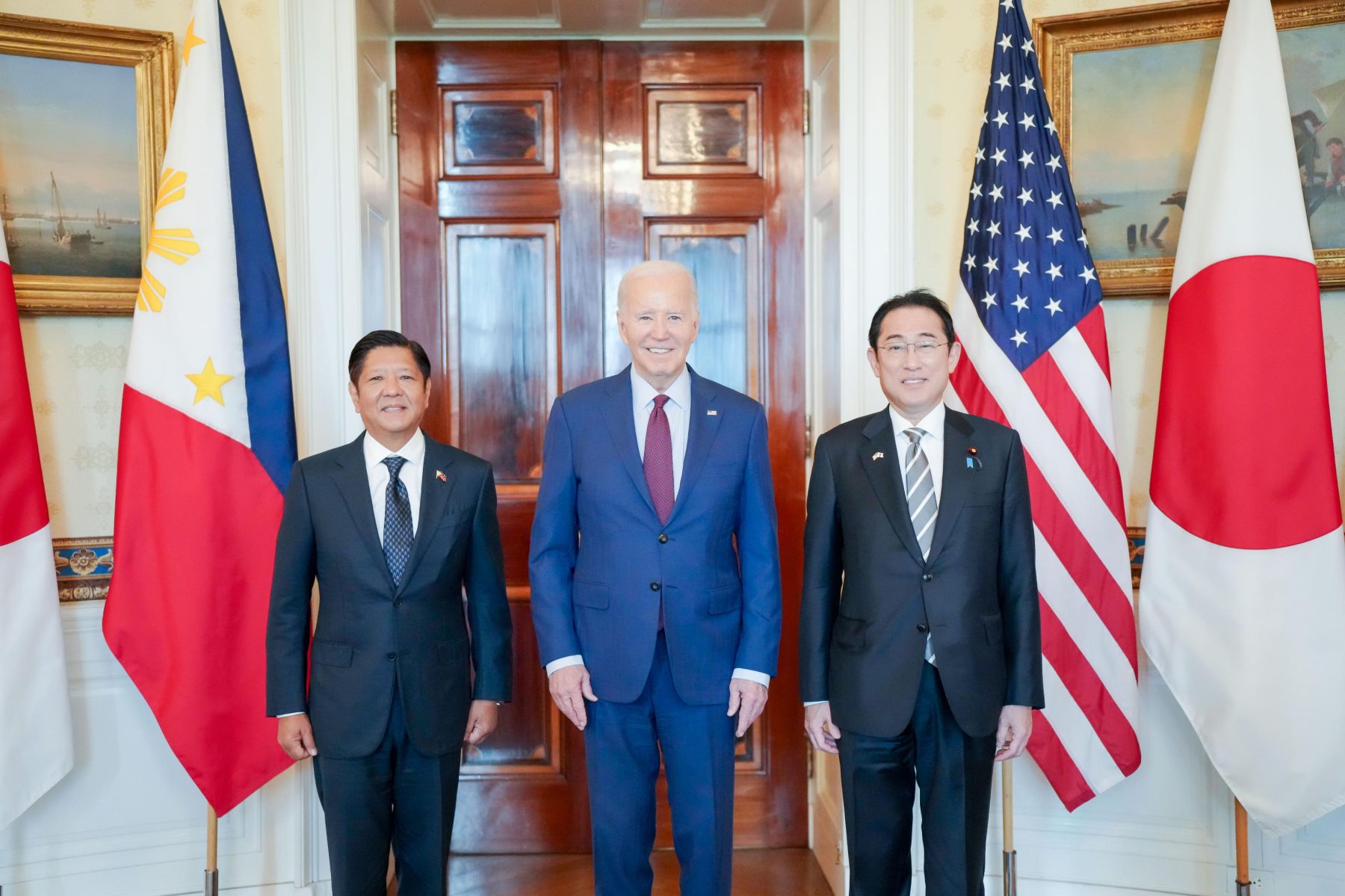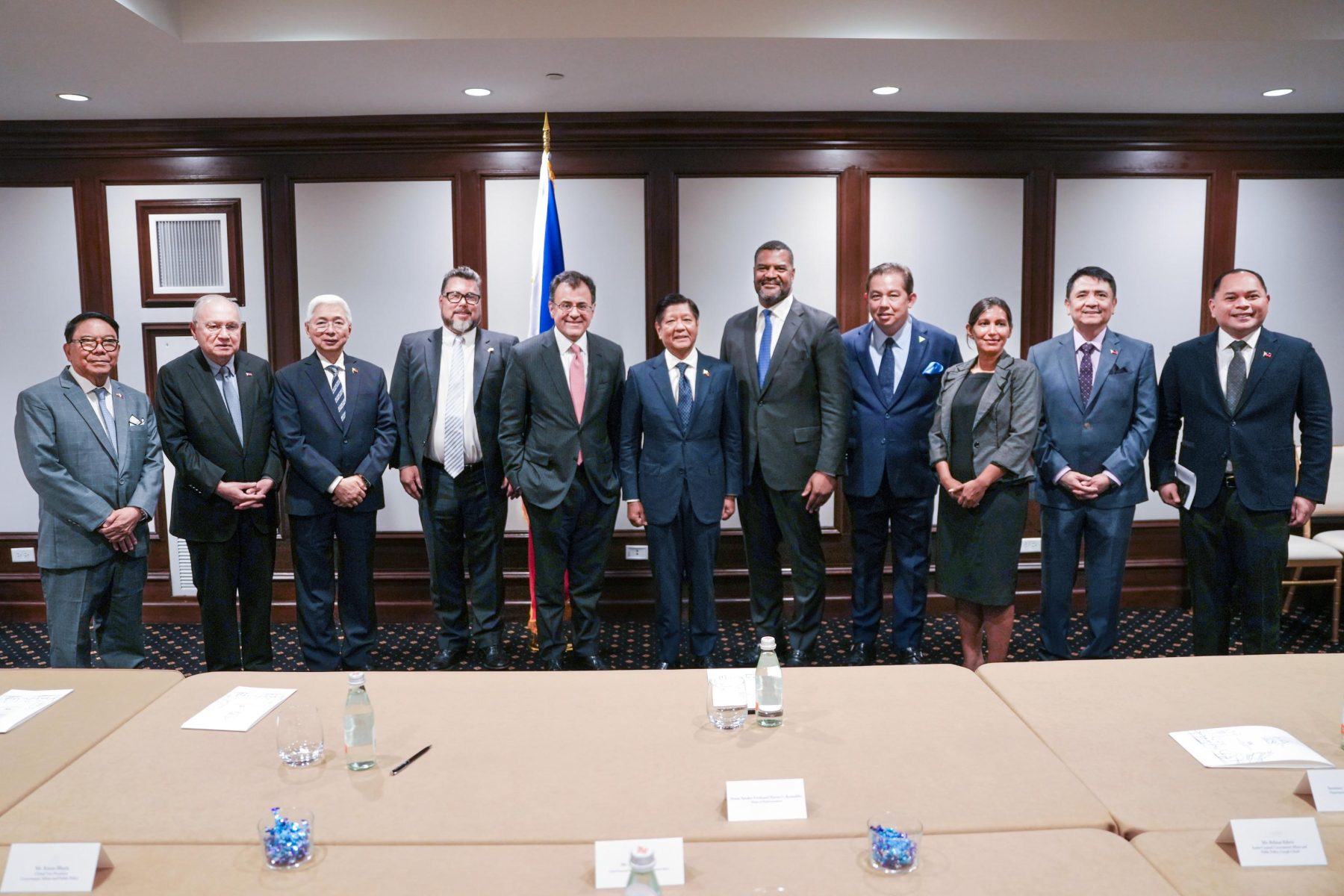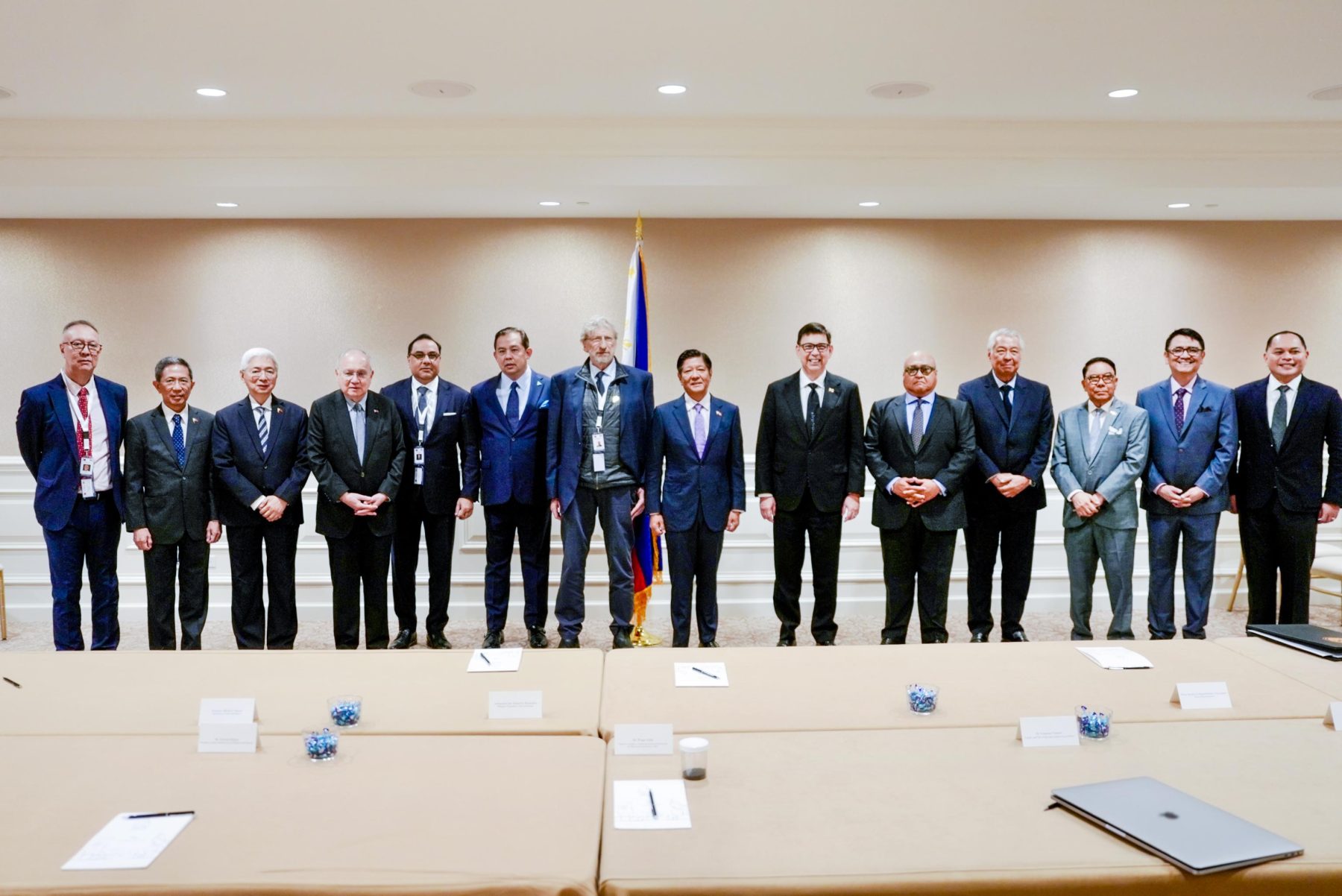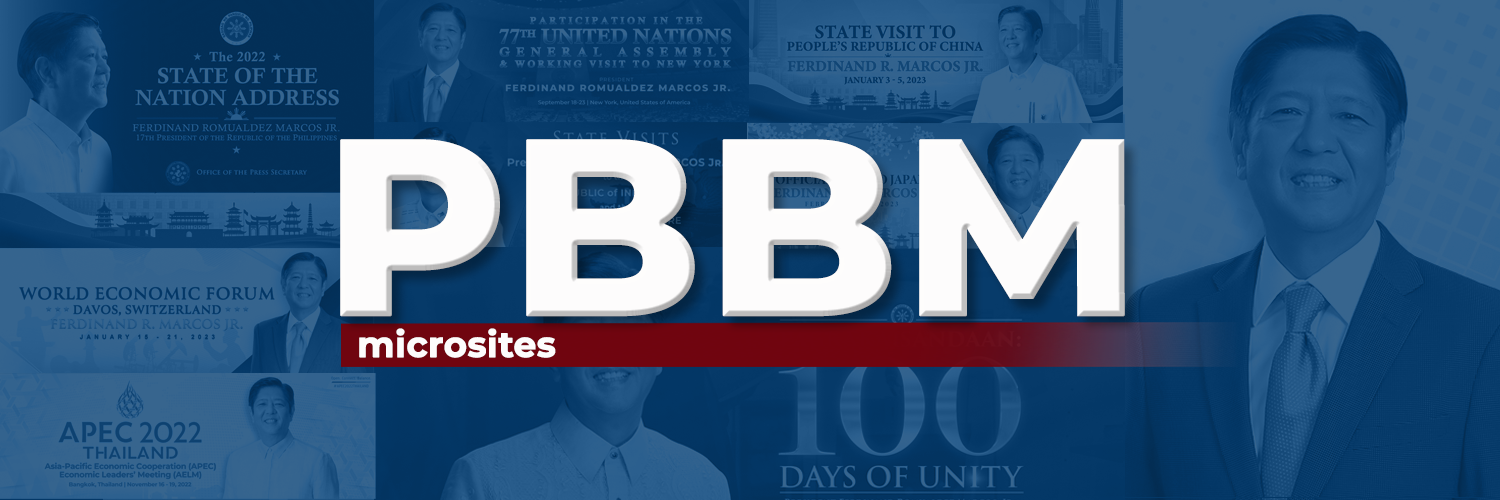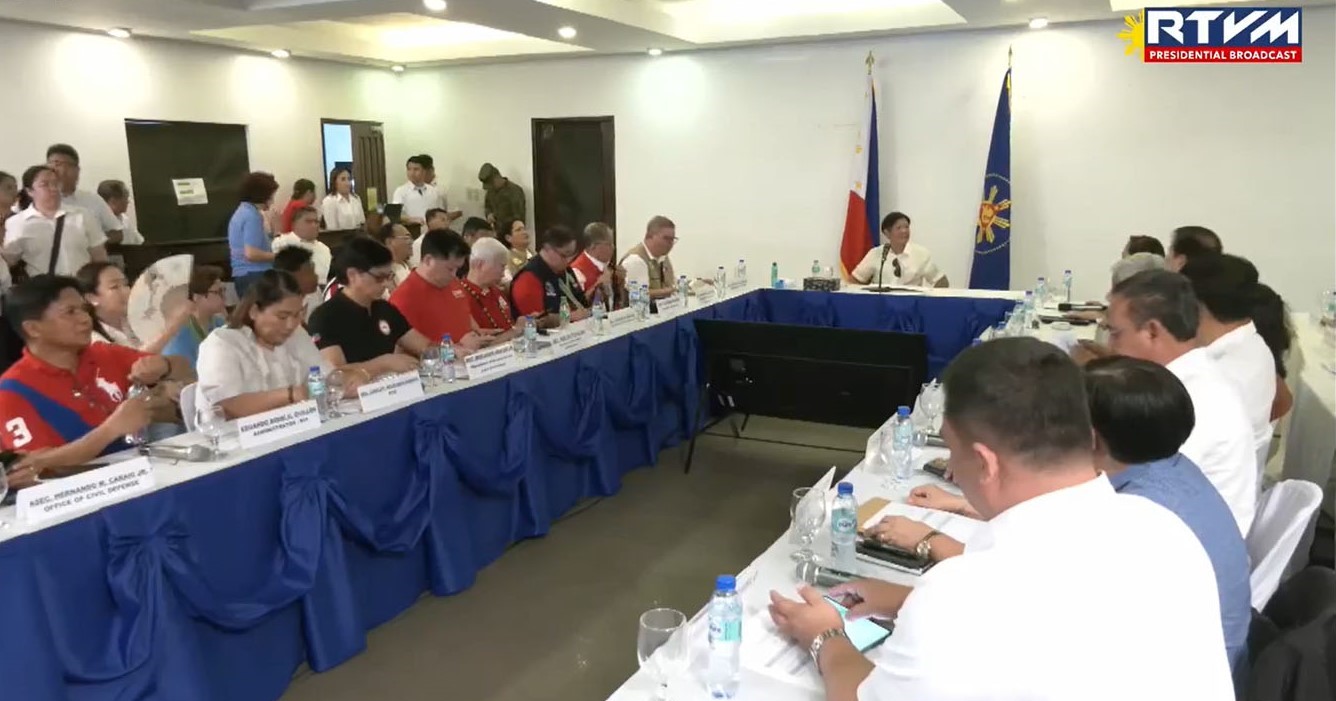April 30, 2015 – News Releases
 |
| 30 April 2015 |
APEC News Releases
|
|
|
| Bacolod business leader hail signing of Sugarcane Development Act |
| (BACOLOD CITY, Negros Occidental) The city and surrounding areas are now assured of additional power supply following the signing into law of the Sugarcane Industry Development Act in March 2015.
This was disclosed by Frank Carbon, the President of Metro Bacolod Chamber of Commerce and Industry, during a briefing at the sidelines of the two-day Disaster Risk Finance – APEC Roadmap for Resilient Economies that started in the SMX Convention Center here on Wednesday. Carbon said the law not only allocates a Php2-billion annual budget for the sugar industry but also created two more revenue streams for industry players. These additional revenue streams are fuel ethanol and power from biomass. Currently, products derived from sugarcane are primarily sugar, molasses and alcohol. It takes about seven to eight months to plant and harvest sugarcane, thus, the industry cannot provide bagasse, the leftovers of sugar cane after it has been extracted of its juice, and rice, to biomass power plants. Carbon said biomass power plants can now have additional waste supply because all marginal lands in Negross Occidental not suited for sugarcane planting will now be planted with trees and grass. He said only 20 percent of Negros Island’s power supply is internally generated and the bigger part is sourced from Samar, Leyte and Cebu. Thus, the island is vulnerable to power disruptions since getting supply from another island has its challenges like congestion and breakdown of transmission lines among others. But with the signing of the Sugarcane Industry Development Act, Carbon said this would augment imbedded supply. PNA (js) |
|
|
| Big insurance companies that shy away from microinsurance are losing opportunities, says expert |
| (BACOLOD CITY, Negros Occidental) Large insurance companies that have not entered microinsurance are losing an opportunity and a big chunk of the market, an expert said on Wednesday.
“I’m not going into a debate but if some companies are not entering that space, they are losing an opportunity because countries are moving from low income to middle income,” Arup Chatterjee, Principal Financial Sector Specialist of the Asian Development Bank, said in a press conference here. “When they build assets, when income rises, insurance will surely not be a portfolio,” he added. Chatterjee said all institutions win their clients’ trust, thus the one who enters the market first will develop the confidence of the consumers and eventually have a very good market share in the future. He acknowledged that Asia is a big market because of its growing middle class. The same is true with the Association of Southeast Asian Nations (ASEAN), which is seen to be more than India and China combined in the next 20 years, he said, underscoring the region’s great promise. “Microinsurance possibly is the entry point in terms of developing and deepening market,” he noted. President of MicroEnsure Philippines, William Martirez, however said that not all of the big players in the insurance industry are shunning the business. Many of the big players in the industry have some form of microinsurance in other countries, he said. The major reason why they are not in the market is that big insurance companies still do not understand the market, and just like any business proposition, they have to be comfortable with the market, Martirez said. “There are actually insurance companies that you won’t expect to go into microinsurance because of their business proposition or because of the market niche that they want to enter,” he said. “For instance, there are those players who just choose to be comfortable in a certain economic niche that they want to reach. So, just like banks, for instance, not all of them are into microfinance.” Martirez however said there is already a growing trend worldwide for these huge insurance companies to have a slice of the microinsurance market. He said microinsurance is not a mere marketing strategy and he believes it is a different species in the insurance business. Stakeholders in member economies of the Asia-Pacific Economic Cooperation (APEC) are meeting for two-and-a-half days here to discuss disaster risk finance. The meeting carries the theme “Disaster Risk Finance — APEC Roadmap for Resilient Economies.” PND (as) |
|
|
| Regional insurance against disasters proposed for APEC economies |
| PH’s insurance pooling model for disaster-prone provinces cited
BACOLOD CITY, PHILIPPINES — A suggestion for the 21 member-economies of the Asia-Pacific Economic Cooperation (APEC) to have a regional insurance against disaster risk has been presented during an APEC seminar held in this city titled “Disaster Risk Finance – APEC Roadmap for Resilient Economies.” Richard Poulter, a specialist on disaster risk financing and insurance from the World Bank, said accessing insurance against disasters may be expensive for a single economy, but the cost can be significantly reduced with economies of scale. Poulter suggested that APEC economies may pool their disaster risks and then tap insurance collectively from an international insurance provider. He cited the model that the Philippines is pursuing for some of its provinces, adding this may be applied on a regional scale. In particular, the Philippines has secured the assistance of the World Bank in developing an insurance framework wherein disaster-prone provinces will pool risks and then have these risks insured collectively. In case a province is hit by disaster, it can file claims from the insurance facility. “In so many ways the Philippines has been leading efforts toward [disaster] resiliency, and the model it is pursuing is an example,” Poulter said April 30 in a presentation delivered toward the closing of the two-day APEC seminar. Regional insurance is one of the proposals for disaster resiliency that APEC member-economies may consider discussing in detail in succeeding meetings. Other proposals raised were establishment of a catalogue showing risk exposures of member-countries, creation of a platform showing data on insurance coverage of public assets, and engagement of the private sector in disaster risk financing. Meantime, the Philippines reiterated the need for a proactive approach toward enhancing disaster resiliency across APEC member-economies. “The APEC region serves as a growth driver for the world economy. Given that the region is prone to natural disasters, collective efforts to boost disaster resiliency are vital in ensuring that our region continues to have significant contributions to global growth,” said Philippines’ Finance Undersecretary Gil Beltran, who serves as head of the overall organizing committee for the APEC gathering in city. Besides exploring means for APEC member-economies to access disaster risk financing, participants to the two-day APEC gathering also discussed proposals to widen penetration of microinsurance. Given its affordability, microinsurance is seen as an effective tool to protect more people and enterprises against adverse effects of disasters. The Philippines’ Finance Secretary Cesar V. Purisima welcomed the developments from the meetings saying, “I am pleased to find that the technical working groups of the member economies have made significant strides in developing the APEC Roadmap for Resilient Economies. Disasters do not impact all our citizens equally: the poor suffer the brunt of their effects, and lose much more of what they have than others.” “Thus I applaud the focus on financial inclusion, through microinsurance, as one of the best shields our most vulnerable can use against disasters. With this roadmap, disasters need not be disproportionately devastating for the poor,” Purisima added. The two-day meeting in Bacolod City was attended by 92 participants from the technical working groups of finance ministries as well as finance experts across the APEC region. Finance ministries across the region will discuss in further detail the proposals raised during the APEC event in Bacolod and decide what may potentially be included in the Cebu Action Plan (CAP). CAP is the overall finance-related development roadmap for the APEC region that is being drafted by the Philippines while taking inputs from other APEC member-economies. It is targeted to be completed in time for the APEC Finance Ministers’ Meeting, which will be held in Cebu City, Philippines in September. |
|
|
| President Aquino inaugurates Negros Occidental’s first rice processing center |
| (BAGO CITY, Negros Occidental) President Benigno S. Aquino III on Thursday inaugurated a P63.9 million rice processing center, the first for Negros Occidental province.
The President arrived at the Negros First Rice Processing Center (NFRPC), located in Barangay Tabunan, Bago City, at 11:40 a.m. and was welcomed by Negros Occidental Congressman Jeffrey Ferrer, Bago City Mayor Ramon Torres, and president of the Bago Irrigators Association Rosemary Caunca. The President and Interior Secretary Manuel Roxas II unveiled the project marker. The rice processing center is a joint project of the Department of Agriculture, which provided P19.9 million of the total amount, and the provincial government, which provided P44 million. The center has a rice mill which could process 10 tons of rice per hour; a grain drying system that consists of three units of 12-tonner recirculation grain dryers; a biomass-fed 6-tonner recirculating dryer; and a biomass-fed cyclonic furnace. The plant is expected to benefit 18,000 farmers and cater to 15,000 hectares of rice-producing areas in Negros Occidental. The President noted that with the Negros First Rice Processing Center, farmers can now have a maximum milling recovery of 68 percent, up from the previous 50 percent. The NFRPC, which was set up to reduce postharvest losses, was completed in November last year and will start operating in September after the first cropping season, the Department of Agriculture has said in a press statement. Also present during the event were Agriculture Secretary Proceso Alcala, Health Secretary Janette Garin, (TESDA) Director General Joel Villanueva, and Communications Secretary Herminio Coloma, Jr. PND (ag) |
|
|
| PHL eyes 30M poor Filipinos to be microinsurance policy holders |
| (BACOLOD CITY, Negros Occidental) The Philippine government targets to have 30 million of its poor citizens as microinsurance policy holders to help alleviate their lives.
Insurance Commissioner Emmanuel Dooc, in a briefing at the sidelines of the two-day Disaster Risk Finance – APEC Roadmap for Resilient Economies that started in SMX Convention Center in Bacolod City Wednesday, said the penetration rate of microinsurance in the country is now about 34 percent, covering about 18 million as of end-2014. He said the number of Filipino insurance policy holders are now higher than the IC’s target of covering 20 percent of the population by 2020. This development is what makes the Philippines the leader in microinsurance in the world. Microinsurance products are cheap versions of traditional insurance products. Its premiums, contributions and other fees are computed on a daily basis and amount to only a maximum of five percent of the daily minimum wage (P481.00) in Metro Metro Manila. Dooc said most people realize the need to have an insurance only after a disaster hits them. Thus, the Insurance Commission plans to continue educating the public and working with industry players to further help in the industry’s growth. “If there is good in everyone of us, and if we collectively apply it, we can overcome all the bad things around us,” Dooc said. And with the Philippines’ hosting of the Asia-Pacific Economic Cooperation (APEC) meetings for 2015, the IC Commissioner said they are doing their best to showcase the country’s achievements in this area. ”Our contribution to APEC will be our experience in implementing microinsurance, our principal tool to achieve financial inclusion,” he said. Dooc said the concept of financial inclusion is “walang iwanan” (no one left behind). ”Regardless of the economic status one should be able to afford to buy an insurance and the facility for that is microinsurance,” he added. PNA (js) |
|
|
| Authorities push for disaster risk finance in Asia Pacific region |
| (BACOLOD CITY, Negros Occidental) Authorities have raised the need to establish a disaster risk finance system in the Asia and the Pacific to preserve economic gains.
Finance Undersecretary Gil Beltran, in a briefing for the closing of the two-day Disaster Risk Finance – APEC Roadmap for Resilient Economies in SMX Convention Center in Bacolod City Thursday, said disaster risk finance “is very important in avoiding deterioration of poverty rating of a country.” ”While we are growing at a very fast phase our poverty rate is not improving as much because just one typhoon would wipe out all the gains from increasing GDP (gross domestic product), “ he said. In the Philippines, disasters negatively impact the country’s domestic output by 1.1 percent annually, Beltran said. The country was hit by one of the world’s strongest typhoon, Typhoon Yolanda (Haiyan), on November 8, 2013. A month before that Bohol province in Central Visayas was struck by a 7.2- magnitude earthquake. That year, the country expanded by 7.2 percent In the first quarter of 2014, economic growth decelerated to 5.7 percent from a quarter-ago’s 6.3 percent due to the impact of the calamities that hit the country in the last quarter of 2013. The DoF official said the poor are the most affected by these calamities since it puts them further in the deep. Relatively, the World Bank disaster risk financing specialist Richard Poulter, in the same briefing, said disaster risk financing not only protects a country’s economic gains but also save government funds. ”It can also protect government from having to reallocate from other important areas such as health and education in the aftermath of disasters,” he said. Poulter said the Asia-Pacific Economic Cooperation (APEC) is a good venue where economies in the region can discuss the issues in a coordinated way and come up with strategies to address the problems. These strategies, he said should be “developed for each of the member countries in a way that is appropriate to the risks that they face.” PNA (js) |
|
|
| President Aquino inaugurates Negros First Cyber Center in Bacolod City |
| (BACOLOD CITY, Negros Occidental) President Benigno S. Aquino III on Thursday inaugurated the P674-million four-storey Negros First Cyber Center (NFCC) in this city.
In his speech during the event, President Aquino noted that the center was constructed from January 2012 to October 2014, and began operating in December last year. “Patunay lang po ang imprastrukturang ito: Sa tamang tao at proyekto, sa tamang kalidad at presyo, ang plano, tunay na naisasakongkreto, at napapakinabangan ng Pilipino,” he said. The NFCC, built on a two-hectare land, has three sections: the business process outsourcing for call center workstations, technology business incubation center, virtual offices, research and development; the commercial support facilities that will house various commercial establishments; and common information technology facilities, such as conference and exhibit halls, investor’s lounge and cyber center management. “At ang pinakamaganda po sa lahat: Buong pagmamay-ari ito at nasa ilalim ng pangangasiwa ng inyong lokal na pamahalaan. Ibig sabihin, ang inaasahang kikitain ng Cyber Centre na P90 million sa renta kada taon, diretso sa pamahalaan ng inyo pong probinsiya,” the President said. “Ang hatid pa nito sa inyo: 6,000 direct jobs, at tinatayang 20,000 indirect jobs sa loob ng susunod na dalawang taon. Dagdag-pondo, dagdag-trabaho, para sa dagdag na serbisyo para sa inyong mga Boss, ang mga minamahal nating Negrense,” he added. He said that the 2015 Tholons Top 100 Outsourcing Destinations Report shows Metro Manila as the second top outsourcing destination in the world, next only to Bangalore, India. Of the 100 cities in this list, eight are in the Philippines. “Kabilang na ang Bacolod City, na tumaas na sa pang-86 ngayong taon, mula sa pang-93 noong lumipas. Patunay ang mga datos na ito: Bigyan mo lang ng sapat na pagkakataon, talagang magpapakitang-gilas ang Pilipino. Kaya naman, sinisikap po nating payabungin ang industriya ng IT-BPM, hindi lang sa Maynila, kundi lalo’t higit, sa mga lungsod o lalawigang hitik din sa talino, talento, at sigasig, tulad dito sa inyo sa Bacolod,” he said. Also present during the event were Trade Secretary Gregory Domingo, Negros Occidental Vice Governor Eugenio Lacson, Bacolod City Mayor Monico Puentevella, Interior Secretary Manuel Roxas II, Agriculture Secretary Proceso Alcala, Health Secretary Janette Garin, Tesda Director General Joel Villanueva, and Communications Secretary Herminio Coloma, Jr. PND (ag) |
|
|
| Risk pooling suggested to cushion impacts of disasters in APEC region |
| (BACOLOD CITY, Negros Occidental) Finance stakeholders in the Asia Pacific region agreed in a two-day meeting here to develop a vibrant microinsurance in the region as well as create a regional risk pool mechanism to reduce risk of individual countries when there are calamities.
“The meeting today is an offshoot of the finance ministers’ meeting in Tagaytay. In that meeting there was a decision to develop a disaster risk finance in APEC (Asia Pacific Economic Cooperation),” Finance Undersecretary Gil Beltran, the chief economist of the Department of Finance, said in a press conference on Thursday. Richard Poulter, World Bank’s disaster risk financing specialist, said the big question raised during the meeting here is how to build resilience among individuals against disastrous events. The discussions covered two major topics: Micro insurance and disaster risk financing, Poulter said during the press conference. Micro insurance is at the household level, focusing on how to build resilience for individuals while risk financing deals with ensuring governments have access to funding in a timely manner after a disaster strikes. Poulter explained risk pooling, in which different countries will come together to share the risk and take it to the global reinsurance markets to achieve a level premium than if they were to go individually to the markets. APEC has been looking closely at this idea considering that it follows the steps of other risk pools already established in different parts of the world. For instance, in the Caribbean with its Caribbean Risk and Catastrophe Facility and in the Pacific region the Pacific Risk Financing Initiative, he said. What was discussed during the conference were the prerequisites for a pool and how APEC can put in place such mechanism, Poulter said. “So if a pool is developed for APEC how can we make sure that it will be successful. The prerequisites here are ones of cooperation between the members of the countries concerned,” he said. “And the second one is a round data in ensuring that there is sufficient data, which is standardized across all the countries within the pool which they can depend on in a risk transfer mechanism,” he continued. Also considered during the discussion is whether risk pooling is not necessarily the only answer to developing a risk financing strategy, he said, noting however that risk pooling can form one part of a broader strategy. “And understanding if really risk pool is appropriate for a country of APEC is the next step,” he added. In the final session, Poulter said stakeholders and delegates discussed the ways to move forward on the Cebu Action Plan to be launched in September. It was suggested as part of of the Cebu Action Plan is to have a feasibility study of whether a risk pool mechanism would be appropriate and possible for the APEC member economies in terms of building resilience in times of disasters, he said. PND (as) |
|
|
| President Aquino hopes to finish interviewing candidates for top government posts before he leaves next week |
| President Benigno S. Aquino III said he hopes to finish interviewing candidates for several key government positions before he leaves for the United States and Canada next week.
“I just came back from ASEAN (Association of Southeast Asian Nations) Summit in Malaysia and we prepared for that; of course, maraming other concerns, so I’m hoping that before I leave for the next trip, which is next week, for Canada, matatapos ko na lahat itong interviews,” he said during a media interview that followed the inauguration a cyber center in Bacolod City on Thursday. The President said he hopes to get a final answer on Saturday from the top candidate for chief of the Bureau of Corrections. “Actually, pa-oo na siya last week, at sinabi ko rin sa kanya, ‘Ulitin ko lang ha, kailangan pag-umoo ka, wala nang atrasan ito.’ So, by this Saturday, I hope I’ll get a final answer from him,” he said. On the candidate for chairman of the Commission on Elections (COMELEC), he said he needs to interview him “just to confirm that he really is volunteering.” “This person is relatively young, he’s acknowledged in the legal circles, he has already proven his mettle. Ang kailangan ko lang, confirmation that he wants the job, as opposed to napilitan na tanggapin ‘yung trabaho. I just needed to hear it from his lips,” he said. On the candidate for secretary of the Department of Energy, the President said he is down to two candidates. “At the same time, I’m also hoping na baka naman mapatagal ko pa si Secretary (Jericho) Petilla rito. So, perhaps there might not be a need but in case there is a need, there are two that I just need to do a final interview,” he said. As for the chief of the Philippine National Police (PNP), he said, “We’re just finalizing the steps para magkaroon ng, as much as possible, least disruption sa PNP hierarchy, which means ‘yung hindi palit tayo nang palit ng chief PNP.” The President is slated to travel to Chicago, in the US for a working visit on May 6, and to Canada for a state visit from May 7 to 9. PND (ag) |
|
|


